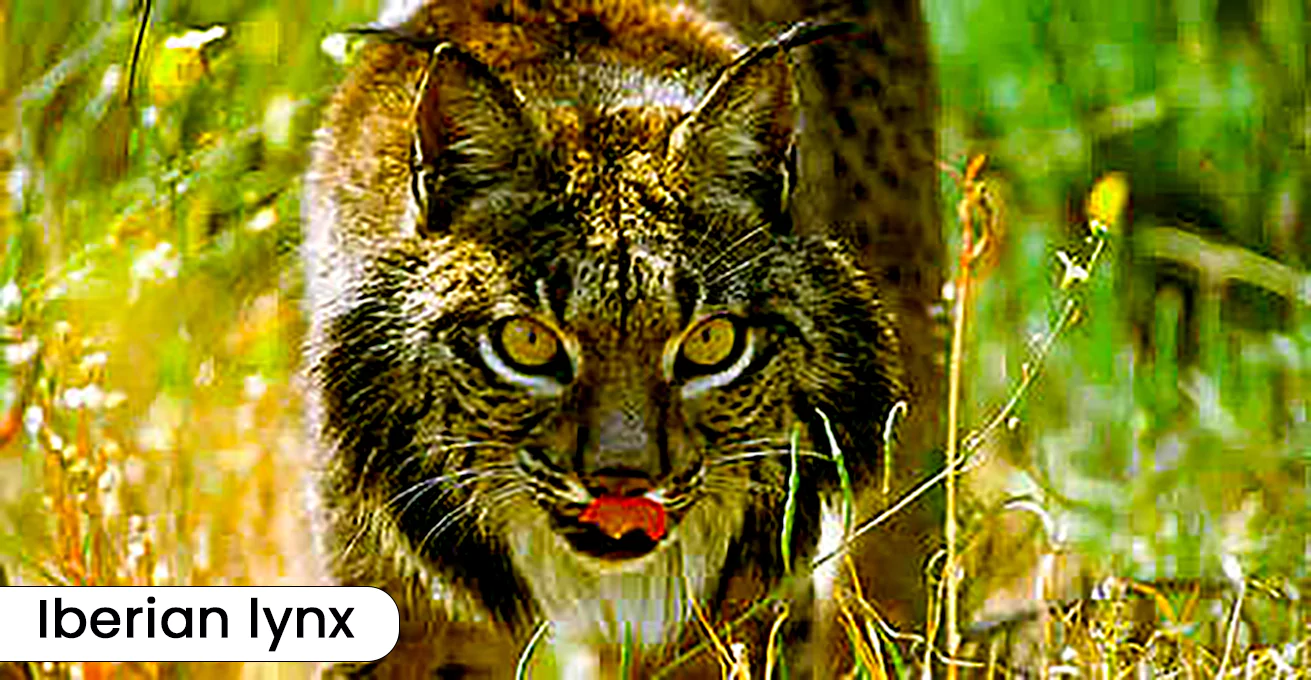![]() 18 May 2024
18 May 2024
As per the Spanish government, the number of endangered Iberian lynx in the wild in Spain and Portugal has nearly doubled since 2020.

| Must Read | |
| NCERT Notes For UPSC | UPSC Daily Current Affairs |
| UPSC Blogs | UPSC Daily Editorials |
| Daily Current Affairs Quiz | Daily Main Answer Writing |
| UPSC Mains Previous Year Papers | UPSC Test Series 2024 |
<div class="new-fform">
</div>